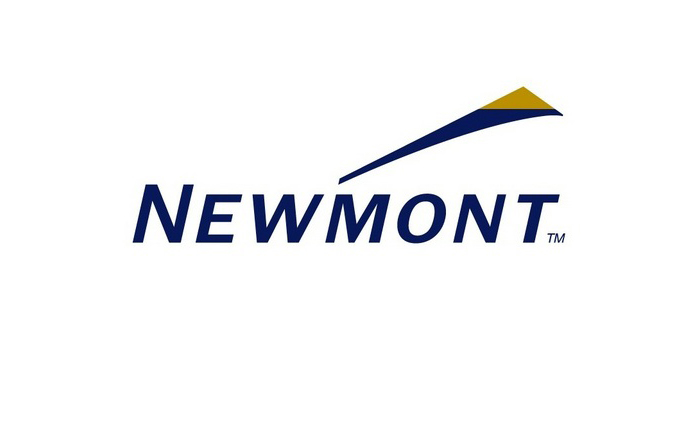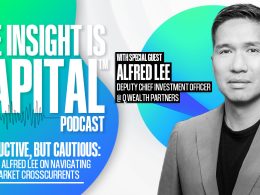by Paul Mele, Blackrock

Save for the future or pay off debt? Deciding how to effectively use your extra income isn’t as simple as you think.
We all have bills and expenses like rent and groceries that we must cover each month. That’s just a part of life. But what do you do with your next dollar after taking care of the necessities?
Assuming you don’t just spend it, your choices can be bucketed into two priorities: saving for the future or paying down debt. The consequence of these needs isn’t small either.
The truth is 45 million American borrowers hold $1.5 trillion in student loans1, and 40% of people can’t pay a $400 unexpected expense.2 Combine that with a U.S. retirement savings shortfall projected to reach $137 trillion by 20503 and the answer of what to do with your next dollar is far less clear.
Set yourself up for success first
Before you can start taking steps to achieve your financial goals, it’s crucial to prepare for the unexpected. An emergency fund is a strong foundation that can keep you on course when some of life’s unexpected realities happen.
Identifying possibilities like a sudden job loss or home repairs before they arise can help you decide how much to keep in your emergency fund. In general, you should consider having at least two to three months of necessary living expenses on hand.
Remember that unexpected expenses aren’t unlikely. Keeping cash on hand can prevent you from accruing greater debt that compounds against your future goals. By securing your current financial stability first, it may then possible to confidently allocate extra income to your future.
When to save for the future
There are important trade-offs to consider between saving or reducing debt. Yet the best move you can make is to start saving right away, even if just a modest amount. Doing so allows you to take advantage of compounded savings, tax incentives, and matching contributions.
When you’re young, time is on your side. This makes saving an important consideration. Giving your money the opportunity to grow and compound is key to building a comfortable retirement.
Further, making extra payments on debt rather than saving probably won’t make sense in some situations. That’s especially true if you’re not taking advantage of the “free money” contributed as part of your company’s retirement match. Leaving those dollars on the table can reduce the full potential of your retirement savings.
As a rule of thumb, focus on earning the maximum benefit from tax-advantaged savings tools like Health Savings Accounts and retirement contributions first. After that you can devote extra dollars to tackling high interest and non-deductible debt.
When to pay off debt
That’s not to write-off the impact of paying off debt sooner. Monthly interest eats away at your future income, compounding in the opposite direction as your savings.
Once you’ve maximized savings, be strategic when allocating your extra income to repay debt at a faster rate. Remember to prioritize your most expensive and highest interest credit accounts.
In this sense, not all debt is created equal. Having a mortgage doesn’t hold the same consequence as carrying a balance on a credit card account. Paying down the latter first lessens your exposure to high-interest debt and may open additional resources in an emergency.
Is it possible to make this equation easier?
Companies are exploring new ways to encourage their employees to both pay off debt and pursue their retirement goals, including benefits created by a recent IRS ruling that would allow student loan payments to receive matching retirement contributions.
Technology will play an important role as well. Several tools* already exist to help people develop a holistic picture of their financial situation. In the future, we could leverage powerful analytics to intelligently decide how to use income appropriately based on a wide range of factors.
Until then, it’s important to find a balance between future needs and present priorities. Saving isn’t all or nothing, and taking smart approaches to saving today while still managing debt will only benefit you in the long run.
Paul Mele is the Head of Participant Engagement for BlackRock’s U.S. & Canada Defined Contribution (USDC) Group and a regular contributor to The Blog.
Sources:
1Nerdwallet, 2018 Student Loan Debt Statistics
2Federal Reserve, Report on the Economic Well-Being of U.S. Households in 2017
3World Economic Forum, We’ll Live to 100 – How Can We Afford it? 2017
*BlackRock has a strategic partnership with and minority investment in Acorns, the micro-investing app in the United States. Acorns aims to help America’s next generation of up-and-coming investors improve the way they engage with, save, and ultimately invest their money.
Investing involves risks, including possible loss of principal.
This material is not intended to be relied upon as a forecast, research or investment advice, and is not a recommendation, offer or solicitation to buy or sell any securities or to adopt any investment strategy. The opinions expressed are as of June 2019 and may change as subsequent conditions vary. The information and opinions contained in this post are derived from proprietary and non-proprietary sources deemed by BlackRock to be reliable, are not necessarily all-inclusive and are not guaranteed as to accuracy. As such, no warranty of accuracy or reliability is given and no responsibility arising in any other way for errors and omissions (including responsibility to any person by reason of negligence) is accepted by BlackRock, its officers, employees or agents. This post may contain “forward-looking” information that is not purely historical in nature. Such information may include, among other things, projections and forecasts. There is no guarantee that any forecasts made will come to pass. Reliance upon information in this post is at the sole discretion of the reader. Past performance is no guarantee of future results. Index performance is shown for illustrative purposes only. You cannot invest directly in an index.
©2019 BlackRock, Inc. All rights reserved. BLACKROCK is a registered trademark of BlackRock, Inc., or its subsidiaries in the United States and elsewhere. All other marks are the property of their respective owners.
MKTGH0619U-882511-1/1















